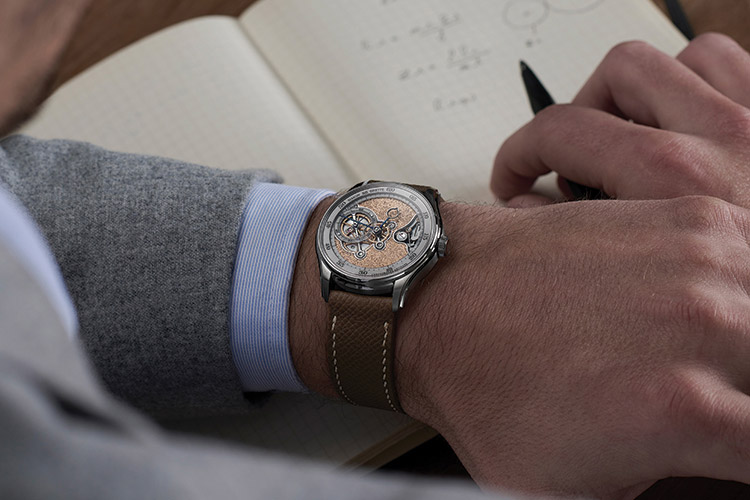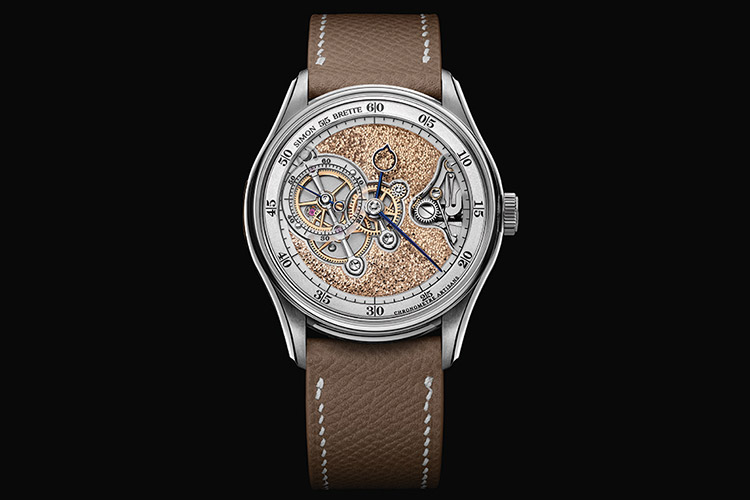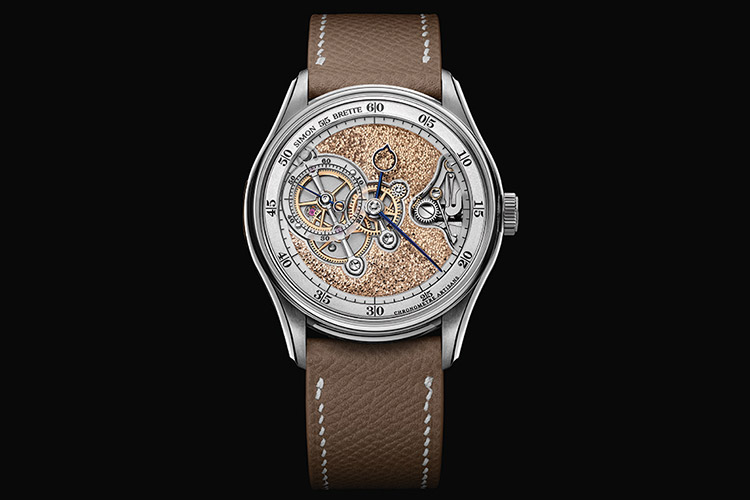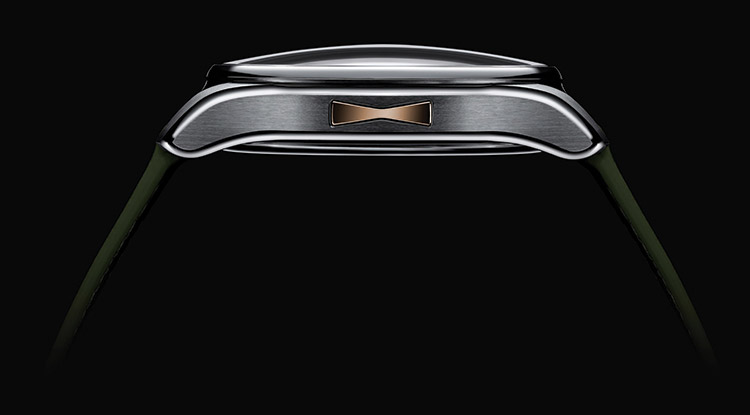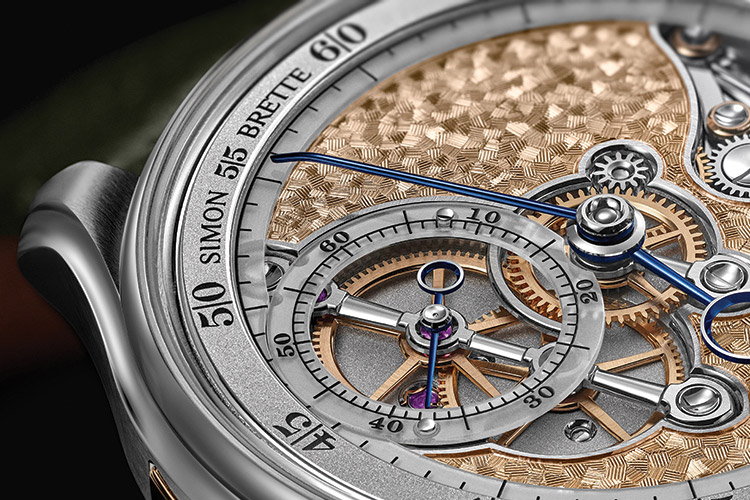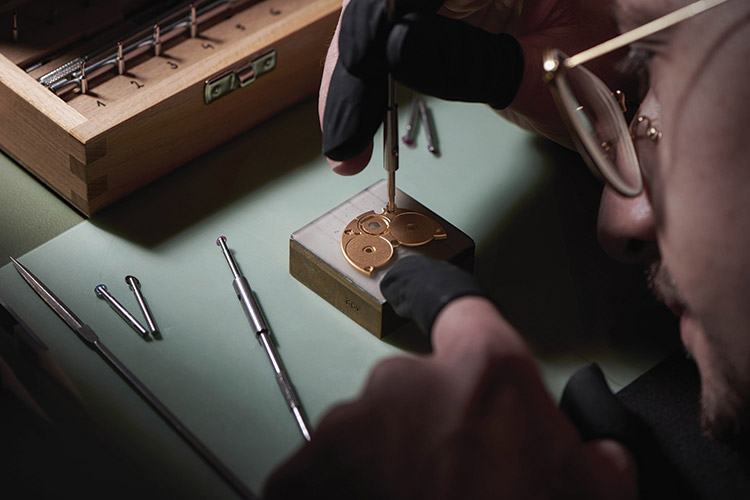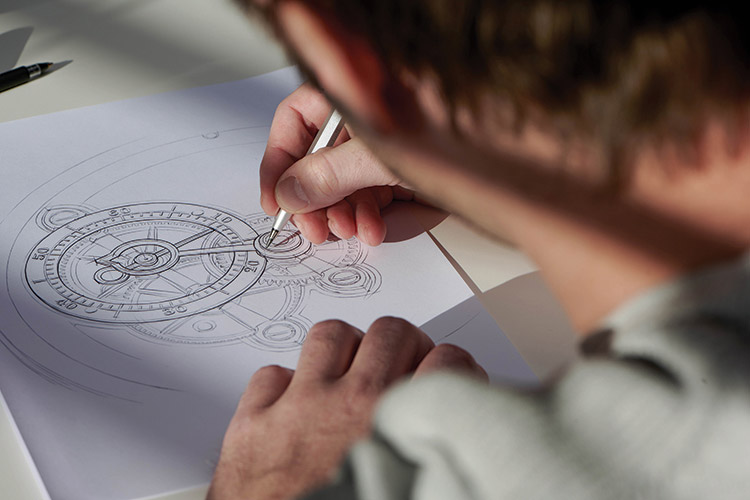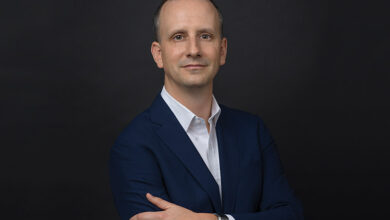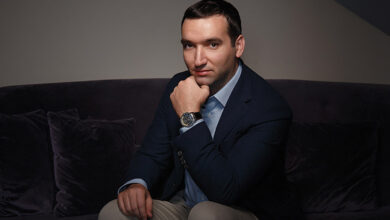Simon Brette’s homage to parenthood
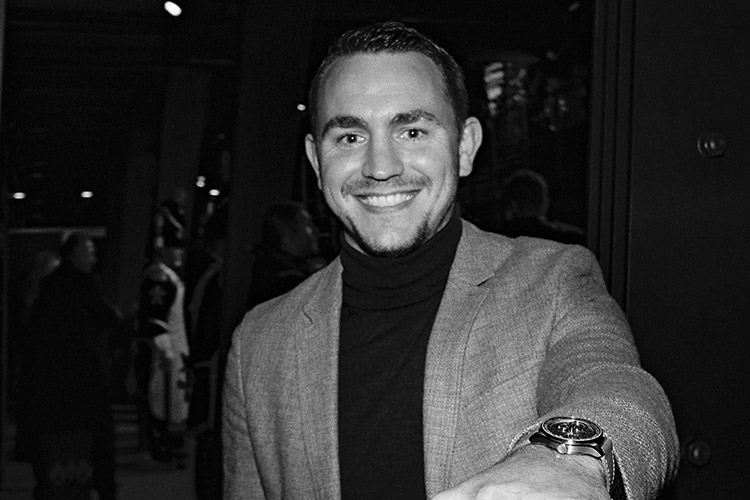
In this ongoing series featured every month, “Day & Night” focuses on individuals who have impacted the world of haute horlogerie positively… This month, our focus is on Simon Brette, whose debut offering, the Chronomètre Artisans, is his celebration of a personal joy – that of becoming a father
A new name often bandied about in high watchmaking circles in the past year has been that of Simon Brette and his debut offering – the Chronomètre Artisans. First unveiled by him in April, the watch gained an official stamp of approval when it bagged the Horological Revelation Prize at the 2023 edition of the Grand Prix d’Horlogerie de Genève aka GPHG. “Day & Night” magazine looks back with Simon Brette on the influences and the loves that have shaped his work
FRENCH ROOTS AND PASSIONS
Born and brought up in the Auvergne region, in the middle of France, Simon studied Mechanical Design and joined the tyre manufacturer Michelin in his hometown for his first job. “When it was time to start looking for a job, it was a bit difficult because it was during the 2008 crisis. There was not much work available, and it was tough to find a job.”
But it was not long before Simon left Michelin and decided to “Follow my passion and my dream of working in the watchmaking industry.” It was the corporate reality of budget always trumping over quality that forced him to quit a well-paid job and set him on the path of watchmaking. “When I began working at Michelin, I was assigned to work on a project to create a special machine to produce wheels. At the beginning, our mandate was to make a machine that would be great; by the end, due to budgetary restrictions, the focus was more on the cost rather than quality. I was very sad at the end of my stint there because I realised that I hadn’t really enjoyed it. If I really wanted to enjoy my job, I had to work at what I love – watchmaking – and I sent e-mails to a lot of big companies, such as Rolex, Patek Philippe, and Jaeger-LeCoultre.”
STUMBLING BLOCKS AND SOLUTIONS
The problem was that Simon had no experience at all, and his vision of watchmaking was very far from the reality. “My knowledge of watches was limited to the fact that I loved Festina watches with their blue dials. I just was in love with the idea of watchmaking. At the end of each year, I would collect all the money from Christmas gifts, and go to the shop and buy watches.” The watch companies that he had emailed explained that he would need to study watchmaking if he was serious. “If I wanted to take this further, I had to make the choice to leave my parents, family, and friends to study watchmaking.” Simon was not married and so it was an easy decision to make. He joined the Haute Ecole Arc Ingénierie in Le Locle to learn watchmaking and graduated after two years.
TRAINING GROUNDS OF HAUTE HORLOGERIE
Chronode
Simon’s first watchmaking assignment was with Jean-François Mojon, whose movement conception and development company Chronode was established in 2001. “I enjoyed working with him because he is a brilliant engineer, and I learned a lot about movements from him. I developed many complications and movements for his company, learning a lot in the process. After three years of working with him, Mojon explained to Simon that he wanted Simon to work with their new research and development wing.
“My job was to understand the problems of all the people in the company, to develop the tools that would make their jobs easier. It was very interesting because when you study to be an engineer, you are not actually sitting at the workbench; you don’t actually feel it and you don’t think about the constraints. You think you are being very creative when you design something, but you have to care about how it is to be assembled, and how to make it easier for the watchmaker. This is not something you learn in school, but you encounter when you actually enter the industry. You design something and the watchmaker tells you that he cannot screw this because he cannot reach it with his screwdriver. I really care about watchmakers because they are the people who are my hands and I always spend a lot of time with them as I learn a lot from them. This was the reason why Jean-Francois asked me to develop the new department.”
Manufacture Contemporaine du Temps (MCT)
Simon worked with Jean-François Mojon for five years. After that he moved to MCT Manufacture with Pierre Jacques and Denis Giguet. When he went to meet them initially, “They told me we know who you are and the work that you have been doing. We know that you are talented, but we have a challenge for you. We have to develop a watch for the 10th anniversary of the brand. You will have one year to imagine a new concept, design it, and to make the first prototype. It was a big challenge, and I loved it. I began to work at MCT in 2016 and, in 2017, we debuted the first prototype of the Dodekal One D110 at Baselworld.
I conceptualised this watch with a big digital display in the middle that indicates the hour, and a central minutes hand. The hour display jumps to the next number when the minutes hand completes its cycle. It was a big hit when it was launched during Basil World, but then, two months later, the investors pulled out and the company just sank. It was very disappointing for me, but that’s life. I learned on my 30th birthday that I had lost my job.”
MB&F
Denis Giguet offered to put in a word for Simon with a friend at MB&F, and Simon was called in for a meeting with Serge Kriknoff, who headed the MB&F Manufacture in Geneva. Kriknoff was happy to meet Simon but made it clear that he didn’t have anything to offer. “I went to the meeting, and we spent perhaps 2-3 hours talking. It was three weeks later when he called and invited me to meet him. He offered me a job and I stayed with them for 3.5 years and, in this time, I worked on the cases for both the HM9 ‘Sapphire Vision’, HM10 ‘Bulldog’. For the LMX, I created the entire movement. The LMX was the first movement developed in-house from the scratch at MB&F. I learnt a lot with MB&F, and it was just an incredible opportunity.”
GOING INDEPENDENT
After 3.5 years of working at MB&F, the pandemic began and Simon had to work from home. “I was a bit reluctant about working at home because I assumed that I wouldn’t be efficient, but that was not the case. It was great to be at home, and I worked a lot.” Simon describes it as a “Superb experience that sowed the seeds for change in my mind. I realised that perhaps it was time for me to stop working for someone else and start my own company.” The idea was to go back to France; so, at the end of the pandemic, Simon left after explaining his future plans to Maximilian Büsser, Founder of MB&F.
It was around this time that there was a change in circumstances for Simon. He learnt that he and his wife were expecting a baby. He stopped working for MB&F in April 2021, set up his own company and worked on fulfilling orders from other watch brands. By the time his daughter was born, Simon had helped many companies develop their movements and complications.
CELEBRATING FATHERHOOD
Simon wanted to take some time off to help with his daughter and told his customers that he wouldn’t be working for the next two months. “So, during those two months that I stopped working I actually had a lot of free time as my wife is a wonderful woman and a super mom. I started to design a watch just to mark this very special moment in life when I became a dad, because that is the only thing that I know how to do. Becoming a father brings big changes in life and I wanted to make something to remember this special moment. That is when I started working on this watch, thinking that I will design the watch that I would love to wear someday – without any compromise and with the best finishings. I really care about wearable watches, so the watch is designed at 39mm and is 10mm thick and I wanted to have something more futuristic – with a sapphire dial. It had to be a chronometer with beautiful finishings. I designed a movement with a three-day power reserve because it makes sense to me. If you remove your watch on Friday night, when you wear it again on Monday, it should still be running. I had all these requirements and the end result after those two months was this watch – or something close to this.”
Chronomètre Artisans
Simon now had the concept of a watch but had no money to proceed further. On an inspiration, he showed the watch to friends – who also happened to be big collectors – on Instagram. “Three or four of them responded saying, ‘If you want to start your own watch brand, we are here to support you. We trust you and we can pay for the watch in advance.’ So, I had a few collectors who were happy to support me, and I had to find a few more people to be able to pay for all the components. I just went on Instagram again and chose the people – the collectors who would be the perfect customers and my ambassadors in the future.”
Simon was able to find 12 watch lovers willing to support him and he had just enough money to start. The son of a carpenter, Simon is passionate about craftsmanship and nurturing independent artisans. “I know many craftspeople that I met during my career of 12 years. I got in touch with them and asked, ‘Do you want to work with me? I want to be transparent about who works on my watches. I really care about craftsmanship, and I want to choose the best team to work on my watch.’ I explained that I would work with them, but I wanted to be clear, fair, and transparent with my customers. They had to know who were involved in the making of this watch and what each person was capable of doing. This is the reason why this timepiece is called Chronomètre Artisans – as a tribute to those craftsmen and to help them.”
The first Souscription Edition is 12 pieces, with a zirconium case. The titanium version will follow soon after, with three different versions later. “I hope to do 100 pieces for all the different editions combined together, but I know that it will likely be less. That is not a lot, but it is time consuming. This year and the next, we will produce 12 pieces a year, so one watch per month because it is a lot of work, and we want to create the best. We will add 12 more each year. I don’t want to make too many, because, when you produce too many watches the quality goes down. I am fine with making a smaller number of watches as long as the quality is maintained, and our customers are happy with the results. I don’t want to compromise, and the quality has to be the best; this is the future of the brand.”
Simon Brette’s creations are available in the region at Perpétuel on https://perpetuel.com/
